The Tbilisi Botanical Garden is a picturesque and historic botanical garden located in the heart of the Georgian capital, Tbilisi. It is one of the oldest botanical gardens in the Caucasus region and serves as both a scientific and recreational resource.
A Brief History of Tbilisi Botanical Garden
The Tbilisi Botanical Garden, also known as the Tbilisi National Botanical Garden, has a rich history that spans over 175 years.
The garden’s origins can be traced back to 1845 when it was officially founded. It was established by the Tiflis (Tbilisi) Society of Naturalists during the Russian Imperial period. The primary purpose of its founding was to serve as a center for research, education, and the cultivation of various plant species. From its inception, the garden played a crucial role in botanical research and the study of plant species, particularly those native to Georgia and the Caucasus region. Researchers and botanists conducted extensive studies on plant diversity within the garden’s grounds. The garden’s scenic beauty and historical structures, including pavilions and bridges, contributed to its cultural significance. It became a popular destination for both locals and tourists, offering a serene and picturesque escape within the city.
The Tbilisi Botanical Garden has been actively involved in the conservation of endangered and rare plant species native to Georgia. Its efforts in preserving biodiversity have had a positive impact on the region’s ecology. Its location in the heart of Tbilisi, near Old Tbilisi and other tourist attractions, made it easily accessible to visitors. It became a must-visit destination for tourists interested in exploring the city’s natural beauty. Tbilisi Botanical Garden continued to be an important institution in the city, serving as a center for botanical research, conservation, and education. It also attracted visitors with its stunning landscapes and diverse plant collections.
The Tbilisi Botanical Garden stands as a testament to the enduring commitment to botany, conservation, and horticultural education in Georgia. It has evolved from a scientific institution into a beloved cultural and natural attraction, contributing to the appreciation and understanding of the region’s plant life and ecological heritage.
Infrastructure around the Botanical Garden
- Old Tbilisi: The garden is situated in the historic district of Old Tbilisi, which itself is a significant tourist attraction. Old Tbilisi features cobbled streets, historic buildings, churches, and museums, making it a great place to explore on foot.
- Narikala Fortress: The iconic Narikala Fortress, a historic citadel, is located on a hill overlooking the botanical garden. Visitors can access the fortress by a cable car or by walking from the garden. It offers panoramic views of Tbilisi and the surrounding area.
- Legvtakhevi Waterfall: This hidden gem is a small waterfall located in Legvtakhevi Gorge, not far from the botanical garden. It’s a peaceful place to relax and enjoy the sound of cascading water.
- Baths District in Tbilisi: The famous sulfur baths of Tbilisi are nearby, and they are a unique attraction in the city. Visitors can experience traditional Georgian bathing rituals and relax in the therapeutic sulfur water.
- Restaurants and Cafes: The area around the botanical garden is home to numerous restaurants and cafes that serve both Georgian and international cuisine. It’s a great place to enjoy a meal or a cup of coffee while taking in the views.
- Shopping: Souvenir shops and boutiques selling traditional Georgian crafts, artwork, and souvenirs can be found in the vicinity of the garden. Visitors can shop for unique gifts and keepsakes.
- Hotels and Accommodation: There are various hotels and guesthouses in the vicinity, making it convenient for tourists to find accommodation within walking distance of the botanical garden.
- Parks and Green Spaces: Besides the botanical garden, there are other parks and green spaces nearby where visitors can relax and enjoy the outdoors, including Rike Park and Legvtakhevi Waterfall Park.
How to get there
Getting to the Tbilisi Botanical Garden is relatively easy, as it is located in the heart of Tbilisi, the capital city of Georgia. You can reach the garden by various means of transportation, depending on your starting point. Here are some common ways to get to the Tbilisi Botanical Garden:
- Walking: If you are in the central part of Tbilisi, particularly in Old Tbilisi, it’s possible to walk to the botanical garden. The garden is located near the historic district, so you can follow the signs or use a navigation app to guide you.
- Metro: The nearest metro station to the Tbilisi Botanical Garden is the “Avlabari Metro Station” on the Akhmeteli-Varketili Line (Line 2). Once you reach Avlabari Metro Station, you can walk to the garden.
- Bus: Several bus routes pass by or near the garden. You can check local bus schedules and routes to find the one that best suits your location within the city.*
- Taxi and Ridesharing: Taxi and ridesharing services like Uber and Bolt are readily available in Tbilisi. You can simply use a ridesharing app or hail a taxi on the street to take you to the garden. Be sure to confirm the fare with the driver before starting your journey.
- Cable Car: If you’re near the Rike Park area, you can take the Tbilisi Cable Car to reach the Narikala Fortress, which is located near the botanical garden. From there, you can walk down to the garden. The cable car ride also offers stunning views of the city.
Tours via the Botanical Garden
Useful Tips
- Opening Hours and Seasons: Check the botanical garden’s opening hours and seasonal variations before your visit. Hours may change depending on the time of year, so it’s a good idea to confirm in advance.
- Entrance Fee: Be aware that there is usually an entrance fee to access the garden. The fee can vary depending on your age, nationality, and whether you’re visiting during peak or off-peak hours. Bring cash in the local currency (Georgian Lari).
- Comfortable Footwear: Wear comfortable and sturdy footwear suitable for walking on uneven terrain. The garden has hilly paths, so comfortable shoes are essential for exploring.
- Weather-Appropriate Clothing: Georgia experiences varying weather conditions throughout the year. Check the weather forecast and dress accordingly, especially if you plan to visit during the colder months or rainy season.
- Drinking Water: Bring a reusable water bottle to stay hydrated, especially during hot weather. You can often find water fountains or concessions selling beverages within the garden.
- Photography: The botanical garden offers beautiful photo opportunities. Don’t forget to bring your camera or smartphone to capture the stunning landscapes, plants, and scenic views.
- Quiet and Relaxation: The garden is a peaceful place to relax and enjoy nature. Consider bringing a book, journal, or sketchbook if you’d like to spend some quiet time amid the greenery.
- Respect the Environment: Help preserve the garden’s natural beauty by not picking flowers, damaging plants, or littering. Follow any posted rules and regulations.
- Language: While English may be spoken to some extent in the garden, having a few basic Georgian phrases or a translation app can be helpful for communication.
The Botanical Garden on a Map

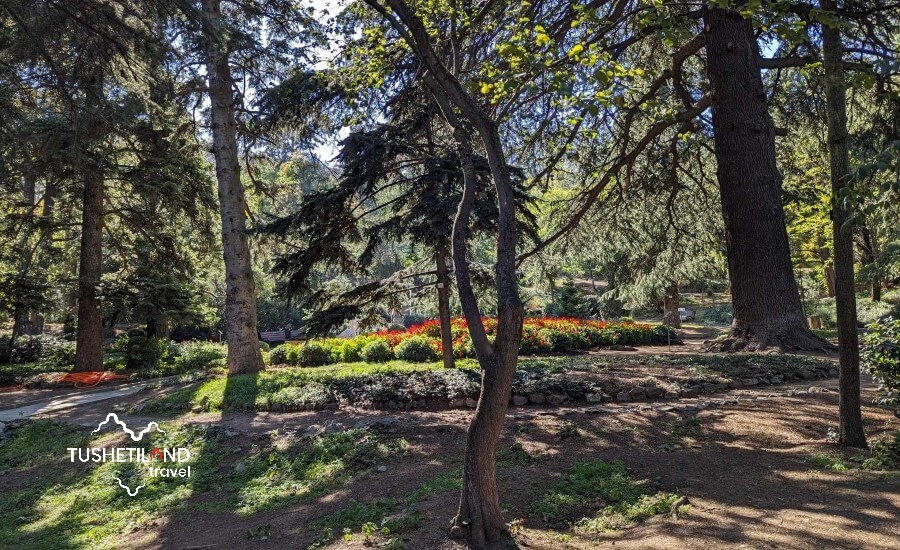
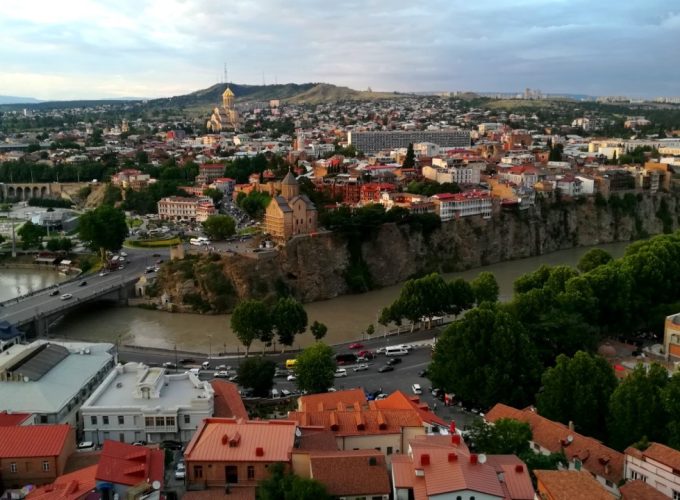
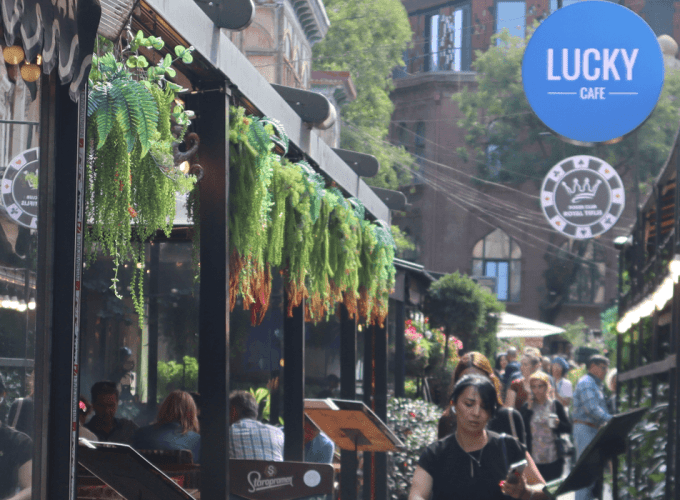
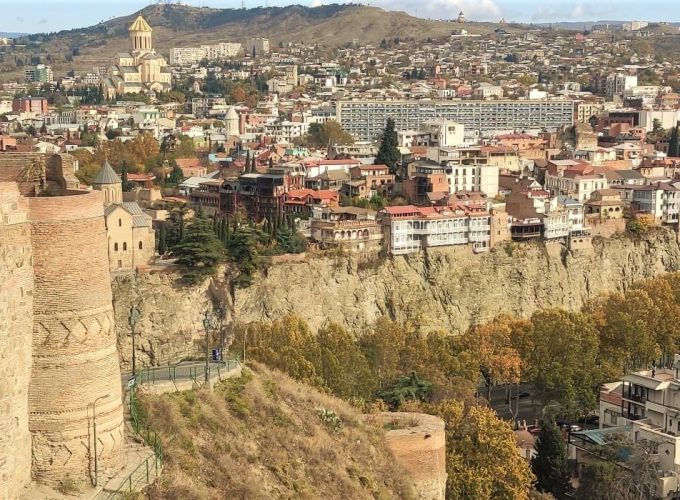
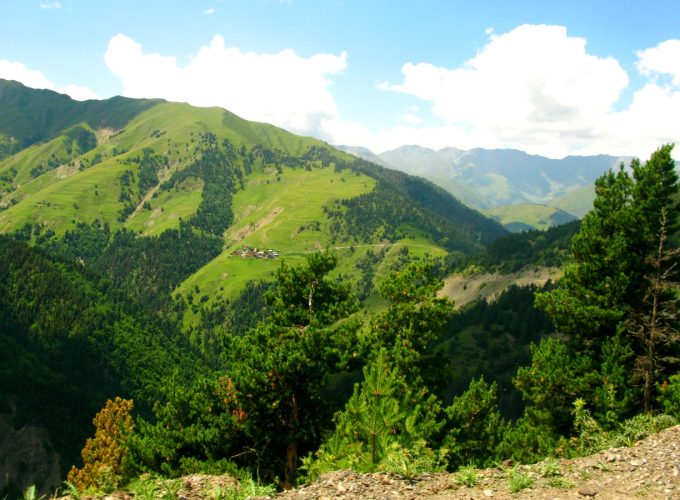
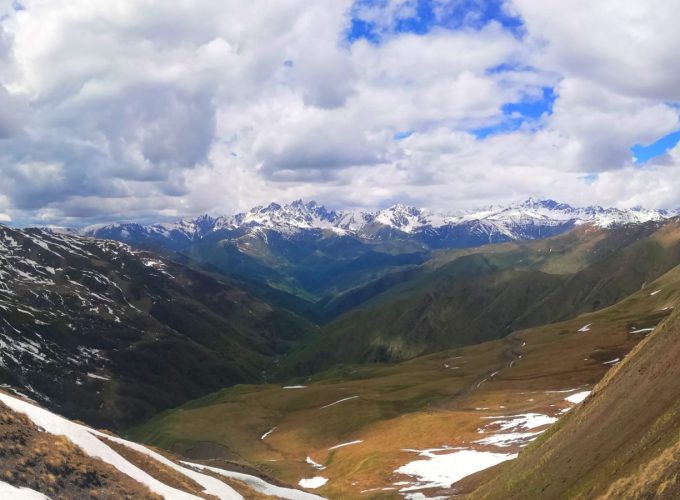
Comment (0)